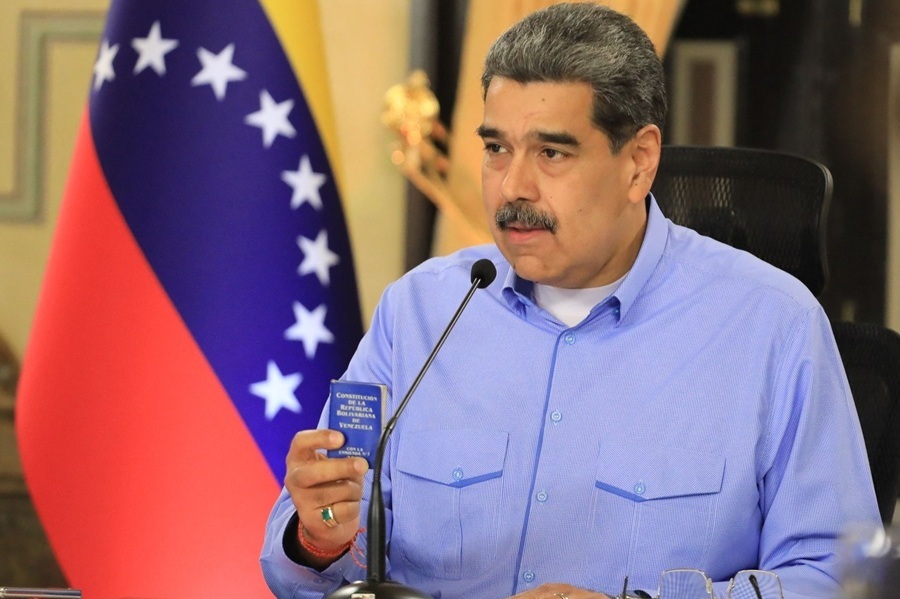A whole new game: China rewrites its strategy towards the US
Aware that US containment of China is a persistent feature of Washington’s foreign strategy rather than a temporary political gesture, China has made sure to be prepared since US President Donald Trump’s first term. Academic Gu Qingyang observes that China is reshaping the rules of engagement, driven by shifts in the external environment and the domestic need to ensure economic recovery.
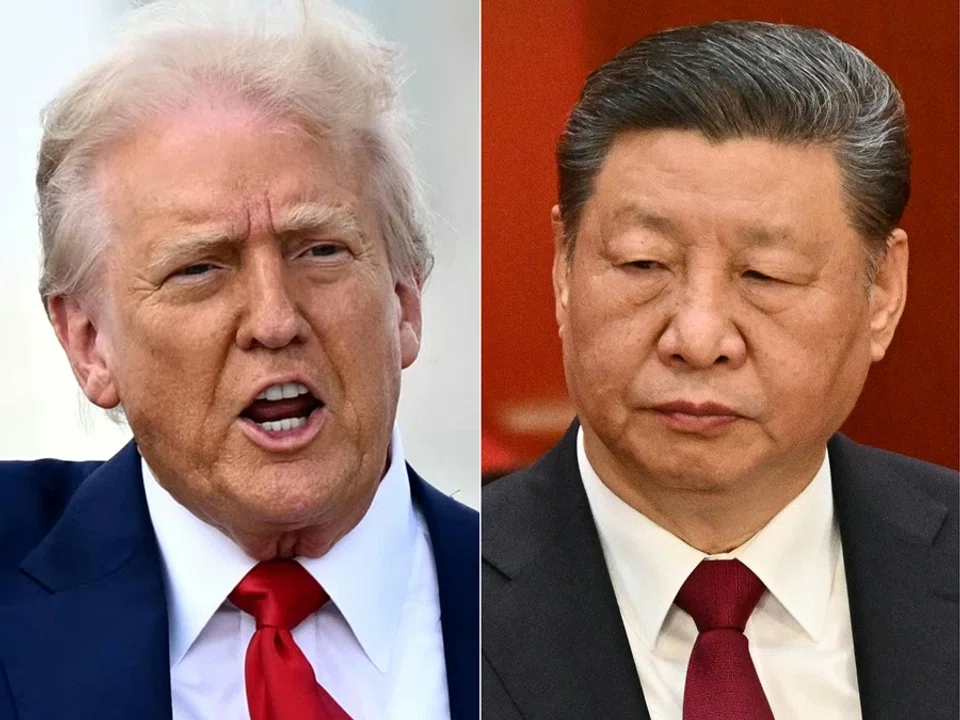
During the first week of October, the two largest powers in the world presented sharply contrasting scenes. In China, the National Day holiday ushered in a festive and confident atmosphere, while across the Pacific, the US was paralysed by a federal government shutdown caused by partisan deadlock.
It was the first time that both superpowers effectively “paused” at the same moment — one by choice, the other by dysfunction. Yet beyond this coincidence lies a deeper meaning: the strategic rivalry between China and the US has entered a new phase. China’s posture towards the US is shifting from a cautious and defensive stance to one that combines both defence and offence.
Tit-for-tat trade threats
Over the past few months, senior economic and financial officials from both sides held four rounds of talks in Europe. The discussions were described as constructive, with both governments sending signals of goodwill and moderation. Many observers took this as a hopeful sign that bilateral relations were stabilising, especially ahead of the APEC Leaders’ Summit in Seoul, which both US President Donald Trump and Chinese President Xi Jinping were expected to attend. Trump repeatedly expressed his desire to meet Xi and even hinted at the possibility of a “grand deal”, fuelling global expectations of a breakthrough.
However, optimism quickly faded after China’s “Golden Week” holiday ended. Beijing announced a series of new countermeasures targeting the US. The Ministry of Commerce placed several foreign companies involved in arms sales to Taiwan on its “unreliable entities list”. Export controls were imposed on rare earth elements and other critical raw materials. The transportation authorities unveiled new shipping fees on US-bound cargo and US-owned vessels. These actions signalled a rare show of strategic assertiveness from Beijing and revealed the changing nature of US-China competition.
This dramatic escalation has led analysts to ask: why did China choose this moment to respond in such an assertive manner?
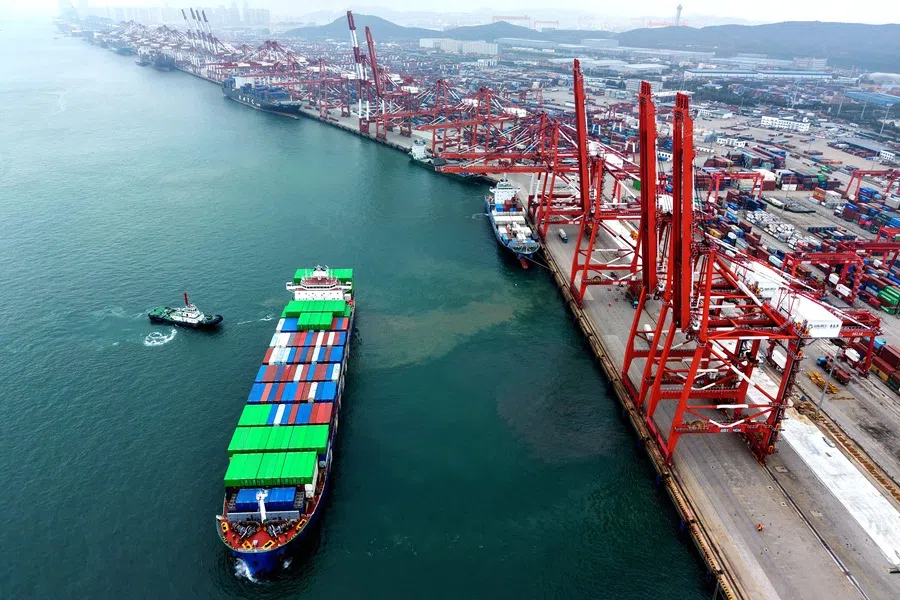
Washington’s response was immediate. President Trump threatened to cancel his planned meeting with Xi and declared that an additional 100% tariff on Chinese imports would take effect next month. The announcement sent shockwaves through global markets, once again exposing the fragility of global economic confidence in the face of geopolitical rivalry.
This dramatic escalation has led analysts to ask: why did China choose this moment to respond in such an assertive manner? To understand the logic behind Beijing’s actions, it is necessary to look back at the evolution of the US-China trade conflict over the past seven years.
China’s strategic preparations
When the Trump administration first launched the trade war in 2018, China’s response was swift but largely defensive, seeking to contain the damage and avoid escalation. But the situation in 2025 is markedly different. After returning to the White House earlier this year, Trump reignited tariff measures on a broader and more aggressive scale, targeting not only China but other major economies. This time, however, Beijing was far better prepared.
Even during the relatively calmer years of Joe Biden’s presidency, Chinese policymakers never relaxed their assessment of the long-term structural tensions between the two countries. They concluded that US containment of China had evolved into a bipartisan and institutionalised policy — a persistent feature of Washington’s foreign strategy rather than a temporary political gesture.
These preparations have fundamentally changed China’s position in the current confrontation. Beijing now has greater initiative and a wider margin for manoeuvre than it had over the past decade.
In anticipation of this enduring rivalry, China undertook three major strategic preparations. First, it used negotiations to delay the implementation of new tariffs, buying valuable time for domestic economic recovery and industrial upgrading. Second, it accelerated technological self-sufficiency in strategic sectors such as semiconductors, artificial intelligence and renewable energy, gradually reducing dependence on US technologies. Third, it strengthened its leverage by consolidating dominance in industries critical to global supply chains, including rare earths and photovoltaics, thereby building countermeasures capable of deterring US pressure.
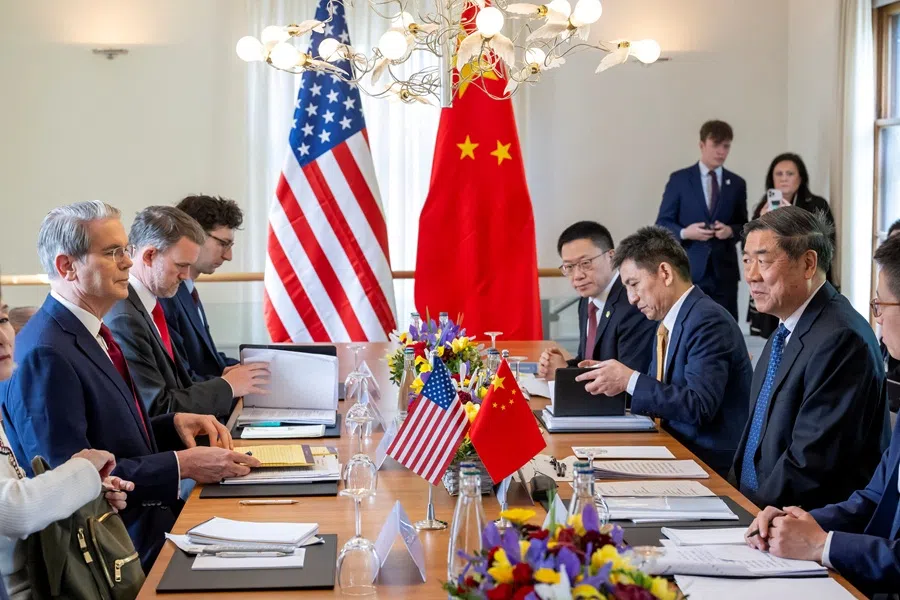
These preparations have fundamentally changed China’s position in the current confrontation. Beijing now has greater initiative and a wider margin for manoeuvre than it had over the past decade.
China’s latest strategic adjustment reflects a significant shift in its worldview. For much of the past two decades, China sought to maintain stability and avoid direct confrontation, preferring to win strategic space through patience and restraint. But after years of technology blockades, financial restrictions and geopolitical encirclement, Chinese leaders have become convinced that mere accommodation neither earns respect nor ensures national security. In a prolonged great-power competition, only a strategy that combines offence and defence can sustain initiative and credibility.
Shifts in external environment
Several underlying factors explain this recalibration.
First, the international balance of power is subtly but steadily shifting. Since the pandemic, China has demonstrated remarkable resilience in industrial recovery and technological innovation, while the US has struggled with deepening political polarisation, mounting debt and social fragmentation. Beijing sees a “window of opportunity” emerging in its favour.
Second, an increasingly adverse geopolitical environment has compelled China to act earlier and more decisively. Japan’s leadership has adopted a tougher stance on Taiwan; several European countries have joined the US in restricting technology transfers to China; and the regional security atmosphere has become more uncertain. In such circumstances, continued passivity would only amplify China’s vulnerabilities.
Third, Beijing’s international support base has expanded. The rise of the Global South — led by BRICS and other emerging economies — has given China broader diplomatic space and moral backing. Many developing countries view China’s position with understanding and even support, providing Beijing with an external buffer in its confrontation with Washington.
From Beijing’s perspective, the current moment represents an opportunity to “fight for peace” — to demonstrate through firm action that the cost of continued US pressure will exceed that of mutual compromise.
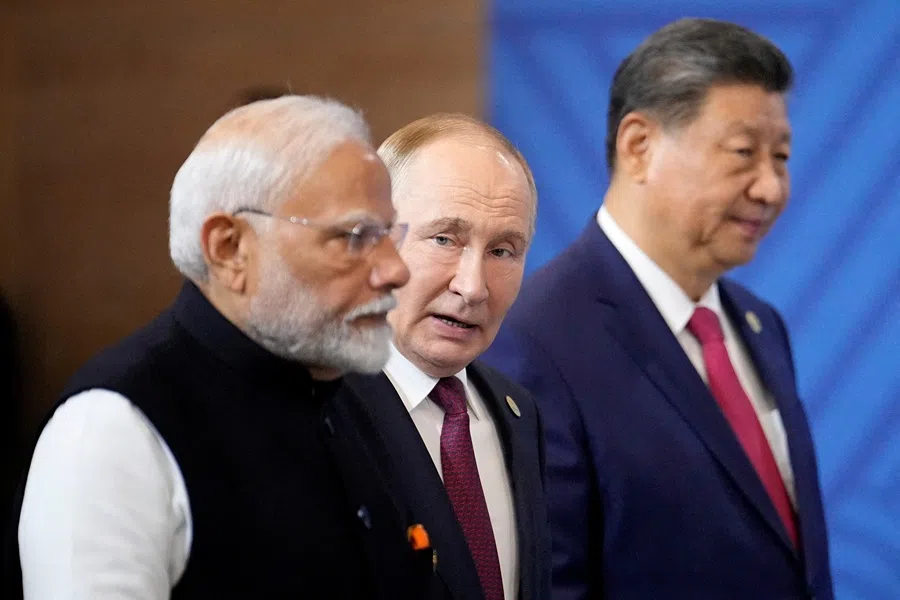
At the same time, political polarisation and economic uncertainty in the US are weakening its strategic consistency. As the midterm elections approach, policy debates in Washington are increasingly dominated by domestic rivalries and short-term considerations. This internal distraction reduces the effectiveness of US deterrence, creating an opening for China to take the initiative.
It is therefore reasonable to assume that while China’s citizens enjoyed their National Day holiday, the country’s top decision-makers were busy finalising a new strategy towards the US. From Beijing’s perspective, the current moment represents an opportunity to “fight for peace” — to demonstrate through firm action that the cost of continued US pressure will exceed that of mutual compromise.
Reshaping the rules of engagement
This strategy of “using conflict to restore balance” is not about escalating confrontation, but about reshaping the rules of engagement. China’s core objectives are to re-establish parity in US-China interactions, to safeguard national security and technological sovereignty, and to secure a more stable environment for long-term economic development. China’s recent actions, therefore, should not be seen as emotional retaliation but as a calculated and disciplined strategic counteroffensive.
China’s approach to the US has moved beyond cautious defence into a new phase — one that integrates offence and defence, and seeks to achieve peace through strength.
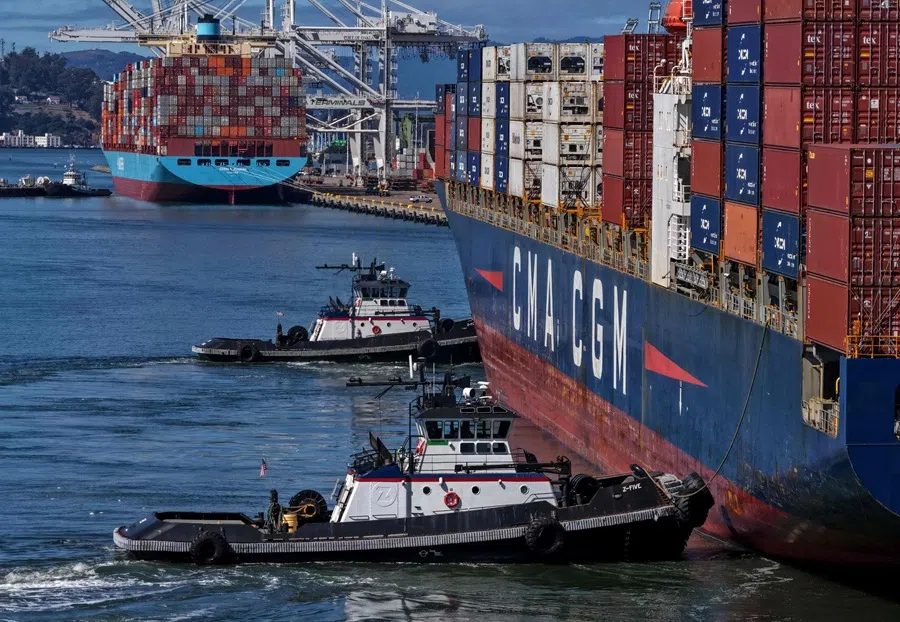
Hence, China’s strategic logic towards the US has undergone a profound transformation. In the past, China accumulated strength through restraint; today, it seeks equilibrium through controlled assertiveness. The transition from reactive adaptation to proactive shaping marks a new stage in the evolution of the bilateral relationship.
China does not seek total confrontation, but a recalibration of power that forces Washington back to the negotiating table — where the “rules of the game” can be redefined under a new balance of strength. This means that the future of US-China competition will no longer be a simple hierarchy of dominance and submission, but a more complex contest over initiative, influence and legitimacy.
China is no longer merely responding to external pressure but shaping the strategic environment itself. In this sense, China’s approach to the US has moved beyond cautious defence into a new phase — one that integrates offence and defence, and seeks to achieve peace through strength.


